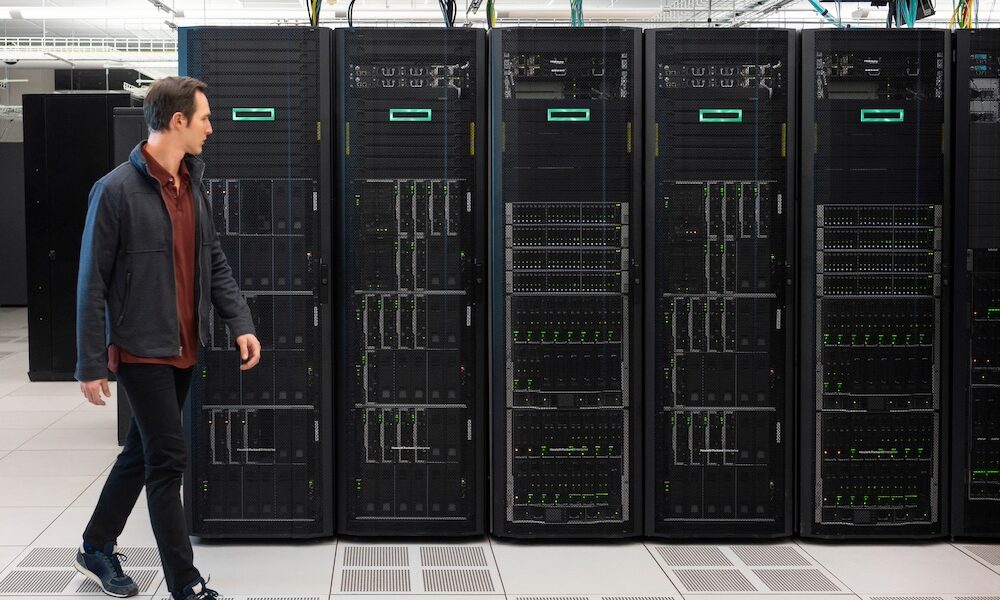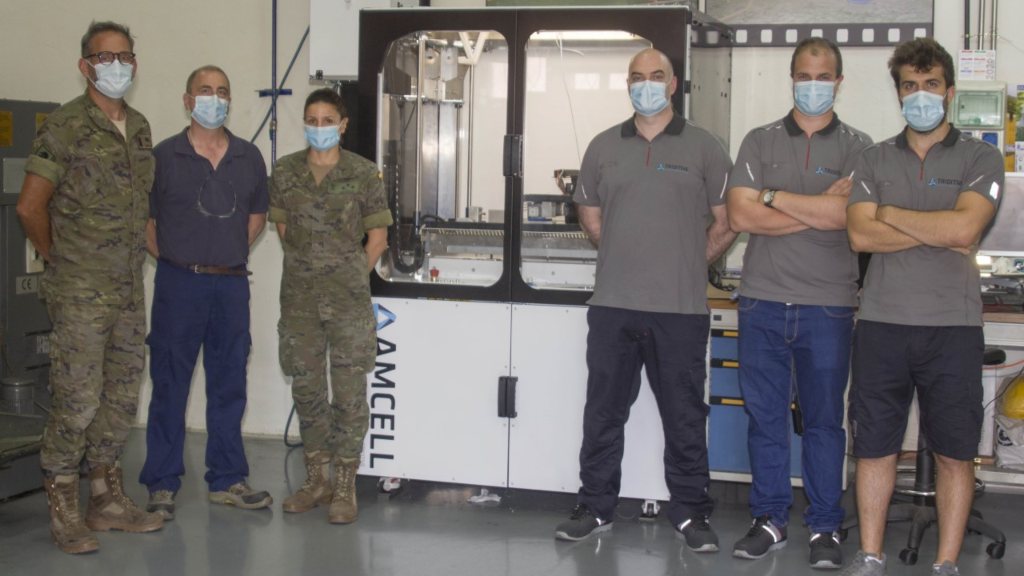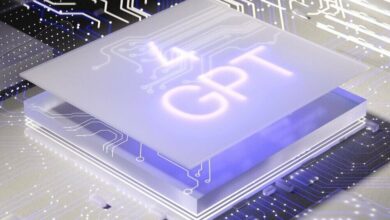
TCO (Total Cost of Ownership) is not exactly a new concept. Some experts claim, in fact, that it dates back to nothing less than the Napoleonic Wars, when French army engineers tried to evaluate the cannon efficiencyanalyzing their useful life and the cost of necessary repairs.
Since then, the TCO concept has evolved over time (it was formalized by the United States Department of Defense in the late 1990s), but it remains substantially the same. If we refer to Gartner’s definition of it, we obtain that: “TCO is the total cost of acquiring, using, managing and retiring an asset throughout its entire life cycle.” That is, the TOC brings together all costs, both direct and indirect, associated with a product from the moment we acquire it until we recycle it or replace it with another.
Knowing the TCO of a product allows the ICT department of a company to have better arguments when negotiating with suppliers, to have more information when making investment decisions and to more adequately evaluate its ROI (Return on Investment).
Initial costs and ongoing costs
Taking this into account, there are a number of factors that directly affect the TCO of our next server. First of all, of course, we will have a series of initial costs directly related to the acquisition of the equipment.
Here we include the purchase price of the server (hardware, computing, storage and memory chosen…), such as the installation costs (labor and expenses related to start-up) and that of the licenses that we need both OS, hypervisors, security solutions, etc.
These initial costs are basically what we are going to find in the sales brochure. To these we have to add what we can call ongoing costs and that are directly related to the use of that server in our facilities. Here we find costs ranging from energy consumption, maintenance and possible repairs, personnel costs and even physical space, in the event that we are installing that server in a data center (rent, cooling and other expenses). This item must also include the expenses derived from the renewal of licenses and software updates and even the depreciation coststhat is, the loss of value of the server throughout its useful life.
Lifecycle
Taking into account that from time to time we will have to change our servers for more modern and capable ones, within our TCO calculation the analysis of the server’s life cycle takes on special importance. We have to keep in mind that the “useful life” of this equipment can vary significantly depending on different factors, such as the quality of the hardware, the type of workloads we want to run or the environment in which it will operate.
Factors that directly influence this aspect are the manufacturer’s guarantee(and the possibility of acquiring extended warranties), the possibilities of expanding and updating the hardware that we are going to acquire, or its ability to respond to new security threats.
Apart from the above, it must also be taken into account that some organizations have a planned life cycle for their servers, which means that they replace them every certain number of years, regardless of their condition. This can be part of a strategy to ensure that infrastructure is always up to date and functioning optimally. Others can renew only part of their infrastructure, assigning servers whose end of life cycle is near to less critical tasks.
Value analysis
Once we estimate the costs, we can calculate the annual TCO, which we obtain by dividing the total costs by the useful life of the server.
From here we can perform a comparative TCO, repeating the process for each of the options we are considering and thus obtain a clear image from which to make the best decision. We also have to keep in mind that TCO is not the only factor that we have to consider when investing in a server, but we must also consider others such as performance, reliability, scalability, security, technical support, etc.
We talk about all this in “How to choose the best server to grow your business”, a technical document in which we also present the new generation of HPE ProLiant Gen 11 with AMD. Among other things, in this document you will discover:
- What the data center looks like in 2023, the future of the cloud and the commitment to as-a-Service business models.
- What the alliance between HPE and AMD entails
- What the new AMD processors are like for the data center and what advantages they bring to your company.
The entry How do we measure the TCO of a server? appears first on MuyComputerPRO.




